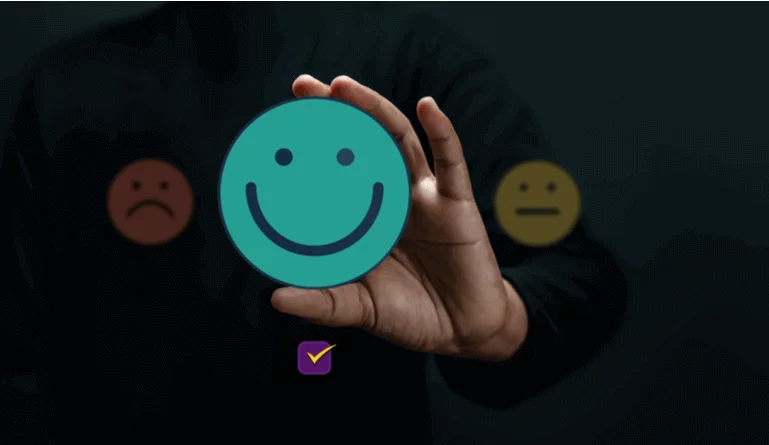Emotional marketing refers to going a step above and connecting with your target market’s emotions in an attempt to persuade them to choose your brand. This marketing strategy uses generalized emotions that can trigger people to bias with your company, creating a connection that achieves a more promising brand loyalty than any other marketing means.
Millions of brands now use emotional marketing to win their potential and target market’s hearts by siding with their brand, and it is now considered an essential marketing tactic.
With the following success of brands that invested in emotional engagement through various marketing strategies, maybe it turns out to be the right step for your business as well to unlock a boost in sales and brand recognition.
Let’s dig deeper into what emotional marketing is and how it can help your business connect with your target audience.
What Is Emotional Marketing?
Emotional marketing is a marketing strategy where brands use human emotions as a connection to persuade customers into choosing their brand. These emotions mostly refer to happiness, sadness, or anger, as these are general views that could be shared by millions of people on a relevant topic.
Many companies even respond to current affairs or relevant trends that are globally popular to choose a side with customers. For example, if there are movements on limiting the use of plastic in products, a brand may choose to increase their costs in minimizing plastic use and showcase that as emotional marketing to connect with the customers and show their support for the relevant international movement.
When using emotions as the bridge between a brand and customers, marketing success shows the level of connection is deeper than other forms of marketing. This means, the brand loyalty factor lasts longer and the response to purchasing more of the brand is more than other marketing tactics.
How Emotional Marketing Can Help Your Business
Emotional marketing, if done the right way, can produce fascinating and profitable results for companies. This is the reason why many of the biggest brands such as Coca Cola or Apple use emotional marketing on a regular basis.
Here are some of the reasons why emotional marketing works for businesses. If your business follows the same model or shares the same customer base, chances are emotional marketing may work for you as well.
-
Triggering Memory and Nostalgia
The emotion of memory or nostalgia, if triggered right, can create the happiest of moments for people to rejoice. As a person’s memory subconsciously plays an important part in their daily life, many brands run advertisement campaigns that use aspects to trigger memory or nostalgia.
This is done for brands that have a rather older customer base where triggering happy memories in them can make people feel comfortable with the brand and may influence them to buy more of it.
A good example would be when Pepsi brought back a discontinued drink from the 90s, “Crystal Pepsi”, as part of a limited-time run in 2016.
-
Impulse Buying and Helping the Customer Decide
The most influential way of marketing except for advertisements is emotional packaging.
Most brands have an active competitor they fight against. Like Pepsi for Cola, Samsung for Apple, and Sony for Microsoft.
If you offer a retail product, a good way to convince customers to choose your brand from the shelf rather than the competitor’s sitting beside it is by adding emotions in the packaging itself.
When the price and quality are the same, a customer decides solely on the visual impression a brand expresses.
Here, you can use emotional colors or nostalgic designs that could appeal to the customers better and make them listen to their hearts.
-
Moving People and Inspiring a Call to Action
If the brand chooses to side with a popular opinion on a global affair and convinces people, even if they’re not specifically their target market, to side with their cause using an emotional ad campaign or packaging, the brand can enjoy additional marketing done by the customers themselves through social media shares, comments, and promotions.
The best example for this would be Always’ #LikeAGirl campaign.
This produced a cause that millions of people would support, and to showcase their opinions, people chose to side with the brand raising a voice against gender oppression, sexism, and misogyny.
Consequently, not only did Always enjoy a big boost in sales, but even people also that are not entirely in their target market (the male sex) were seen to be siding with the brand promoting growth and expansion in the market share.
(Download Whitepaper: How to Deliver the Best of Your Brand)
Final Thoughts
All of this is proof that emotional marketing plays a big role in winning your customers’ hearts and competing against your competitors. According to a Nielsen study, emotional marketing ad campaigns follow a 23% more increase in sales than other ads.
The biggest brands of the world such as Nike, Adidas, Coca-Cola, Google, WWF, and much more use emotion as their primary marketing tactic.
This shows, if done right, your brand could also share the leading spot with these brands if it were to invest properly in emotional marketing.







